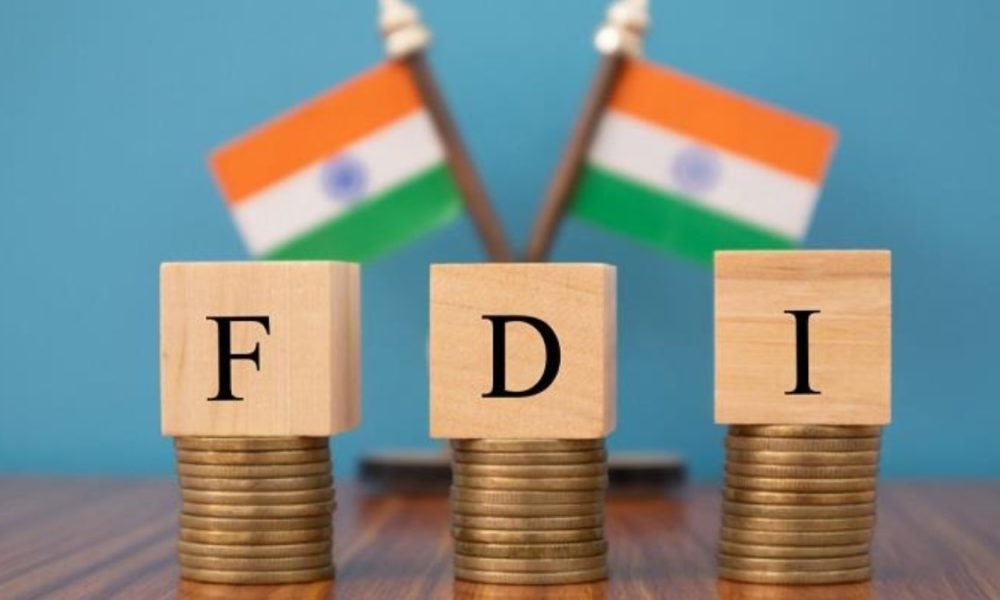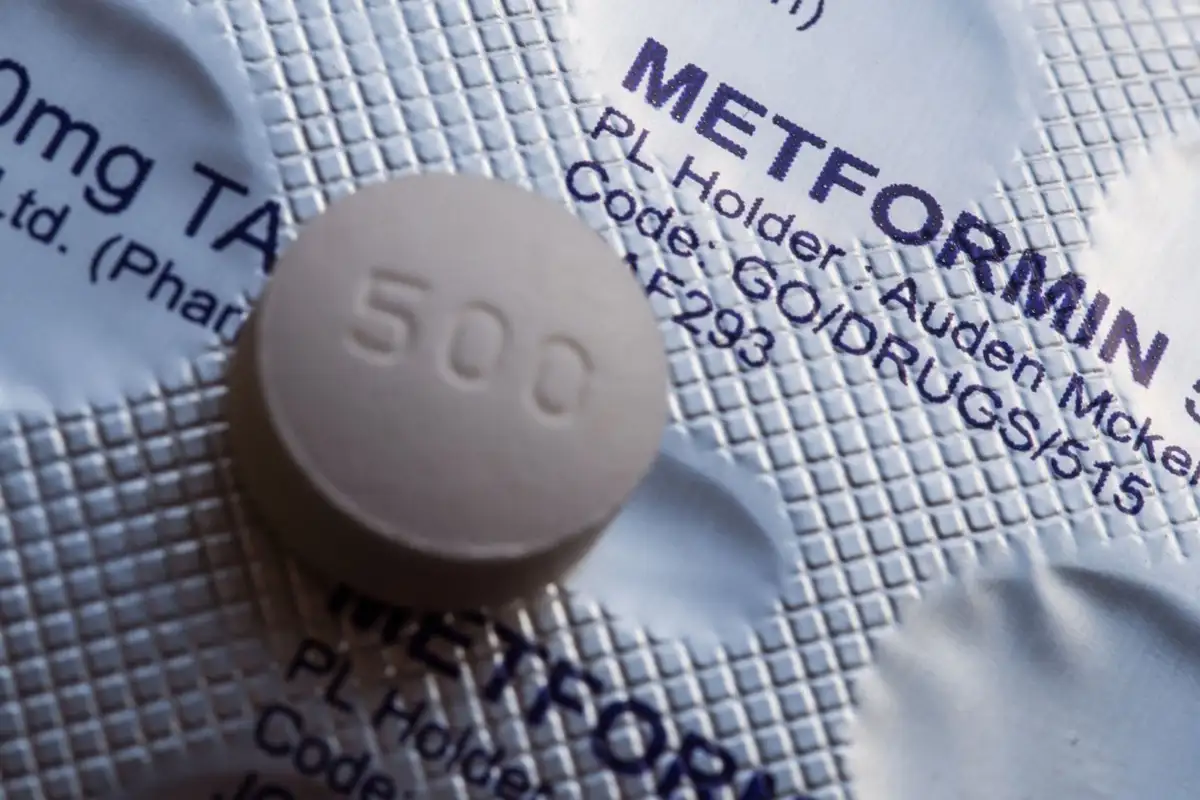Government has taken various steps to boost domestic and foreign investments in India. These include reduction in Corporate Tax Rates, easing liquidity problems of NBFCs and Banks, improving Ease of Doing Business, FDI Policy reforms, Reduction in Compliance Burden, policy measures to boost domestic manufacturing through Public Procurement Orders, Phased Manufacturing Programme (PMP), Schemes for Production Linked Incentives (PLI) of various Ministries. To facilitate investments, measures such as India Industrial Land Bank (IILB), Industrial Park Rating System (IPRS), soft launch of the National Single Window System (NSWS), National Infrastructure Pipeline (NIP), National Monetisation Pipeline (NMP), etc, have also been put in place.
As a result, India registered the highest ever annual FDI Inflow of US$ 81.97 billion (provisional figure) in the financial year 2020-21. FDI inflows in the last 7 financial years (2014-21) is US$ 440.27 billion, which is nearly 58% of the total FDI inflow in last 21 financial years (2000-21: US$ 763.83 Billion). Top five countries from where FDI Equity Inflows were received during April, 2014 and August, 2021 are Singapore (28%), Mauritius (22%), USA (10%), Netherlands (8%) and Japan (6%). Computer Software & Hardware sector attracted the largest share of FDI inflows at 19%, followed by Service (15%), Trading (8%) and Telecommunications & Construction (Infrastructure) (7% each) during the same period in the last more than seven years.
EMPOWERED GROUP OF SECRETARIES (EGOS) & PROJECT DEVELOPMENT CELLS (PDCS)
With a view to support, facilitate and provide investor friendly ecosystem to investors, the Union Cabinet approved constitution of an Empowered Group of Secretaries (EGoS), and also Project Development Cells (PDCs) in Ministries to fast-track investments in coordination between the Central Government and State Governments and thereby grow the pipeline of investible projects in India to increase domestic investments and FDI inflow.
PDCs have now been established in 29 Ministries of the Government of India, headed by Joint Secretary-level officers. All PDCs are executing clearly defined investor engagement strategies, which includes identification of prospective investors, multi-level engagement with investors who have shown interest, active engagement with a wide range of stakeholders to resolve existing investors’ issues, to develop new projects and to promote existing investment opportunities.
Estimates point out that a total of 863 Investment Projects are under active consideration by the PDCs with an investment of $121 Billion. This includes 272 Highly Probable (more than 90% probability) worth $41 Bn, 279 Moderately Probable (51-90%) proposals worth $69 Bn and Long Term (less than 50%) projects worth $11 Bn.
PRODUCTION LINKED INCENTIVE (PLI) SCHEMES
Keeping in view India’s vision of becoming ‘Atmanirbhar’ and to enhance India’s Manufacturing capabilities and Exports, an outlay of INR 1.97 lakh crore (over US$ 26 billion) has been announced in Union Budget 2021-22 for PLI schemes for 13 key sectors of manufacturing starting from fiscal year (FY) 2021-22.
The 13 key sectors include already existing 3 sectors namely (i) Mobile Manufacturing and Specified Electronic Components, (ii) Critical Key Starting materials/Drug Intermediaries & Active Pharmaceutical Ingredients, (iii) Manufacturing of Medical Devices and 10 new key sectors which have been approved by the Union Cabinet in November 2020. These 10 key sectors are:
(i) Automobiles and Auto Components, (ii) Pharmaceuticals Drugs, (iii) Specialty Steel, (iv) Telecom & Networking Products, (v) Electronic/Technology Products, (vi) White Goods (ACs and LEDs), (vii) Food Products, (viii) Textile Products: MMF segment and technical textiles, (ix) High efficiency solar PV modules, and (x) Advanced Chemistry Cell (ACC) Battery.
PLI Scheme for an additional sector, Drones and Drone Components, has also been approved by the Union Cabinet in September 2021. With the announcement of PLI Schemes, significant creation of production, employment, and economic growth is expected over the next 5 years and more.
The schemes have been specifically designed to attract investments in sectors of core competency and cutting edge technology; ensure efficiency and bring economies of size and scale in the manufacturing sector and make Indian manufacturers globally competitive so that they can integrate with global value chains.
It is expected that the PLI schemes will lead to significant creation of production (US$ 504 billion plus), enhance employment (nearly 1 crore plus) and economic growth expected over the next 5 years and more.
MAKE IN INDIA
‘Make in India’ was launched on September 25, 2014, to facilitate investment, foster innovation, building best in class infrastructure, and making India a hub for manufacturing, design, and innovation. The development of a robust manufacturing sector continues to be a key priority of the Indian Government.
It was one of the first ‘Vocal for Local’ initiatives that exposed India’s manufacturing domain to the world. The sector has the potential to not only take economic growth to a higher trajectory but also to provide employment to a large pool of our young labour force.
Since its launch, Make in India has made significant achievements and is now focusing on 27 sectors under Make in India 2.0. DPIIT is coordinating Action Plans for 15 manufacturing sectors, while the Department of Commerce is coordinating for 12 service sectors. DPIIT is also working closely with 24 sub-sectors which have been chosen keeping in mind the Indian industries strengths and competitive edge, need for import substitution, potential for export and increased employability.
INVESTMENT CLEARANCE CELL (ICC)
While presenting Budget 2020-21, the Finance Minister announced plans to set up an Investment Clearance Cell (ICC) that will provide “end to end” facilitation and support to investors, including pre-investment advisory, provide information related to land banks and facilitate clearances at Centre and State level. The cell was proposed to operate through an online digital portal.
Envisioned as a one-stop for taking all the regulatory approvals and services in the country, NSWS [www.nsws.gov.in], was soft-launched on 22nd September 2021 by the Commerce & Industries Minister, Shri Piyush Goyal. This national portal integrates the existing clearance systems of the various Ministries/ Departments of Govt. of India and State Governments without disruption to the existing IT portals of Ministries/ Departments. Approvals of 19 Ministries/ Departments and 11 States Single Window Systems have been on-boarded in Phase I. Complete on-boarding of 32 Central Ministries/ Departments and 14 States would be in next phases, all remaining States will be on-boarded in a phase manner.
ONE DISTRICT ONE PRODUCT (ODOP)
Government of India is working on a transformational initiative to foster balanced regional development across all districts of the country.
This is called the One District One Product (ODOP) initiative, with the objective of identifying and promoting the production of unique products in each district in India that can be globally marketed.
This will help realise the true potential of a district, fueling economic growth, generating employment and rural entrepreneurship. ODOP initiative is operationally merged with the ‘Districts as Export Hub’ initiative being implemented by DGFT, Department of Commerce with DPIIT as a major stakeholder to synergize the work undertaken by DGFT. The major activities that are being facilitated by DPIIT with Invest India under ODOP initiative are manufacturing, marketing, branding, internal trade and e-commerce.
Under the initial phase of the ODOP, 106 Products have been identified from 103 districts across the country. Considerable success has been achieved for boosting exports under ODOP initiative.























